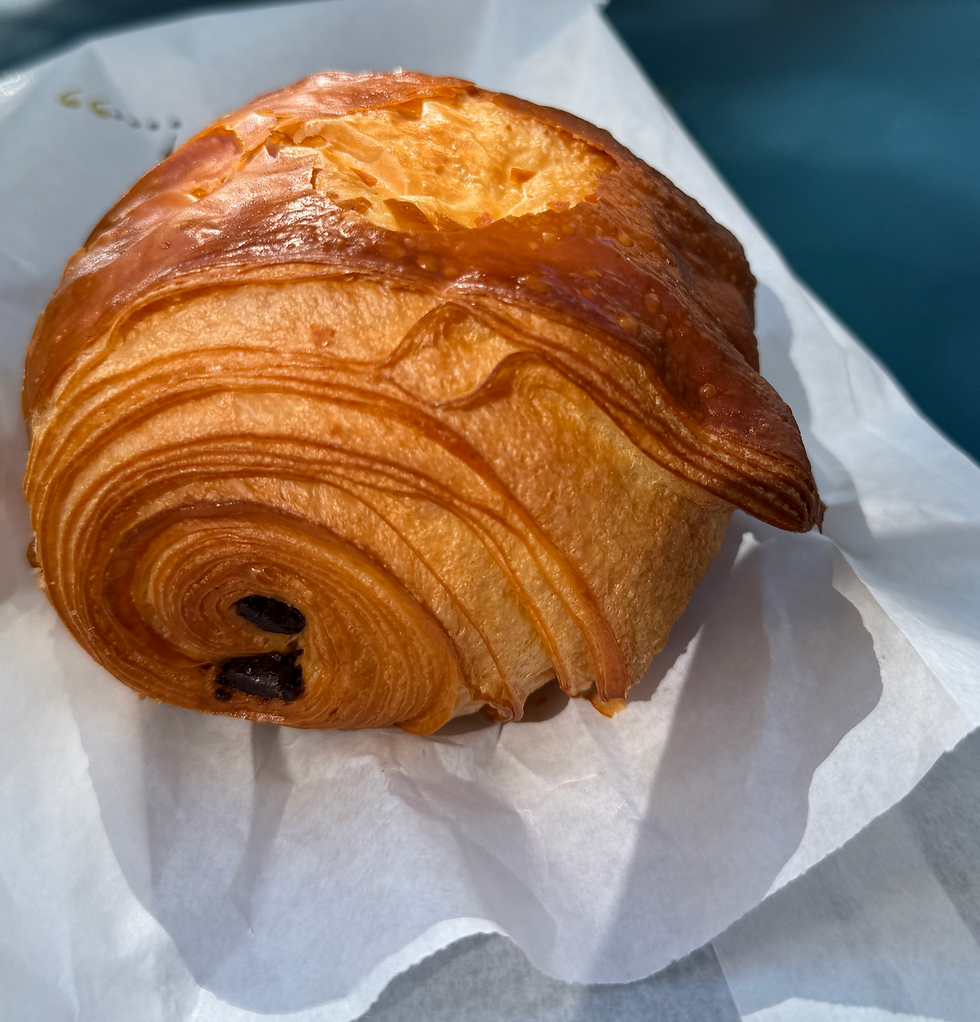Singing a tune in Thun
- Deborah Kade
- Sep 5, 2022
- 3 min read
The city of Thun is located where the Aare flows out of Lake Thun (Thunersee), 30 kilometers (19 miles) southeast of Bern. It has a population of 43,476 inhabitants. If you include the surrounding the area, the number is around 80,000.
Besides tourism, machine and precision instrument engineering, the largest garrison in the country, the food industry, armaments, and publishing are of economic importance to Thun.
"The name of the town derives from the Celtic term Dunum, meaning "fortified town". It fell to Rome in 58 BC, when Roman legions conquered almost all of Switzerland, and it soon became one of the main centers of Roman administration in the region.
The Romans were driven out of Thun, and out of the rest of Switzerland, by the Burgundians around 400 AD. The Aare became the frontier between the Christian Burgundians and the Pagan, German-speaking Alemanni, who lived north. The region was mentioned for the first time during the 7th century, in the chronicle of Frankish monk Frrdgar. The town is first mentioned in 1133 as Tuno."
The region of Thun became a part of the Holy Roman Empire in 1033, when Conrad II gained the title of King of Burgundy. The emperors entrusted the Zähingen family, centered in Bern, with subduing the unruly nobles of central Switzerland. Around 1190 Duke Bertold V von Zähringen built Thun castle and expanded the town. with today's upper main street. After Bertold's death in 1218, his territories went to Ulrich III von Kyburg."

In 1264, Thun received town rights and in 1384 the town was bought by the canton of Bern. Thun was the capital of the Canton f Oberland of the Helvetic Repblic, which lasted from 1798 until 1803.
In 1819, a military school was founded in the town, which later developed into the main military school in Switzerland. Thun was connected to the railway network of Switzerland in 1859 and telephone access made available in 1888.
The unique raised sidewalks that characterize the upper main street are worth a visit for their architectural feature alone. Pretty boutiques, trendy shops, fine shops and hip bars also invite you to browse, stroll and sing a tune."
The castle was the seat of the local court and since at least the 17th century there was a prison under the roof. In 1886 a new prison was built on the castle grounds. Two years later, in 1888, the museum opened in the castle. For a time the jailer was also the ticket seller and guard for the museum.

In 2006, the castle was bought by the city of Thun from the canton of Bern.


Until the end of 2009, the Bernese Oberland regional court was based in the castle. You can use the stairs to get to the castle.

The massive octagonal front tower of the Stadtkirche Thun dates back to around 1330.

Gorgeous fragrant flowers hang from railings by the river and from banisters on the main street.




The Rathaus and the surrounding square.

Lovely hanging flowers

The guild house for butchers


Recycling is very important

You can put paper here in the yellow container but no cardboard.

The green container is just for green glass

Brown glass in the front container

Eyes up! Walkers, be aware of bicyclists and runners.


Bubble Tea must be very popular as there are advertisements everywhere.

The water is so clear

Now, that is one large fish. I don't know what kind, though.




The swan was only using one foot



The flow of water from the Aare is controlled by locks on the bridge.

Conditions are perfect for "wake surfing"
One woman and two men instructors were teaching a class.

She gave instructions on land to half the group, while the other half was in the water with the men.








The instructor was swimming back after chasing after a board. Cheers from the class if you could get up!
Good ride!
The instructor stepped out of the water for a few minutes. Remember this water is extremely cold. It started from the mountains as glacier water. Instead of climbing down the metal ladder, she decided to jump in. The water is deep in some places and shallow in other parts. A view of the flowers which are planted along both sides of the bridge.

Waiting your turn



That's determination!
There is another bridge also with locks further down the way.





No help rope here!


Heard tunes from radios inside buildings and from children singing in the park. Yes, many people were singing a tune in Thun (pronounced like tune).





Comments